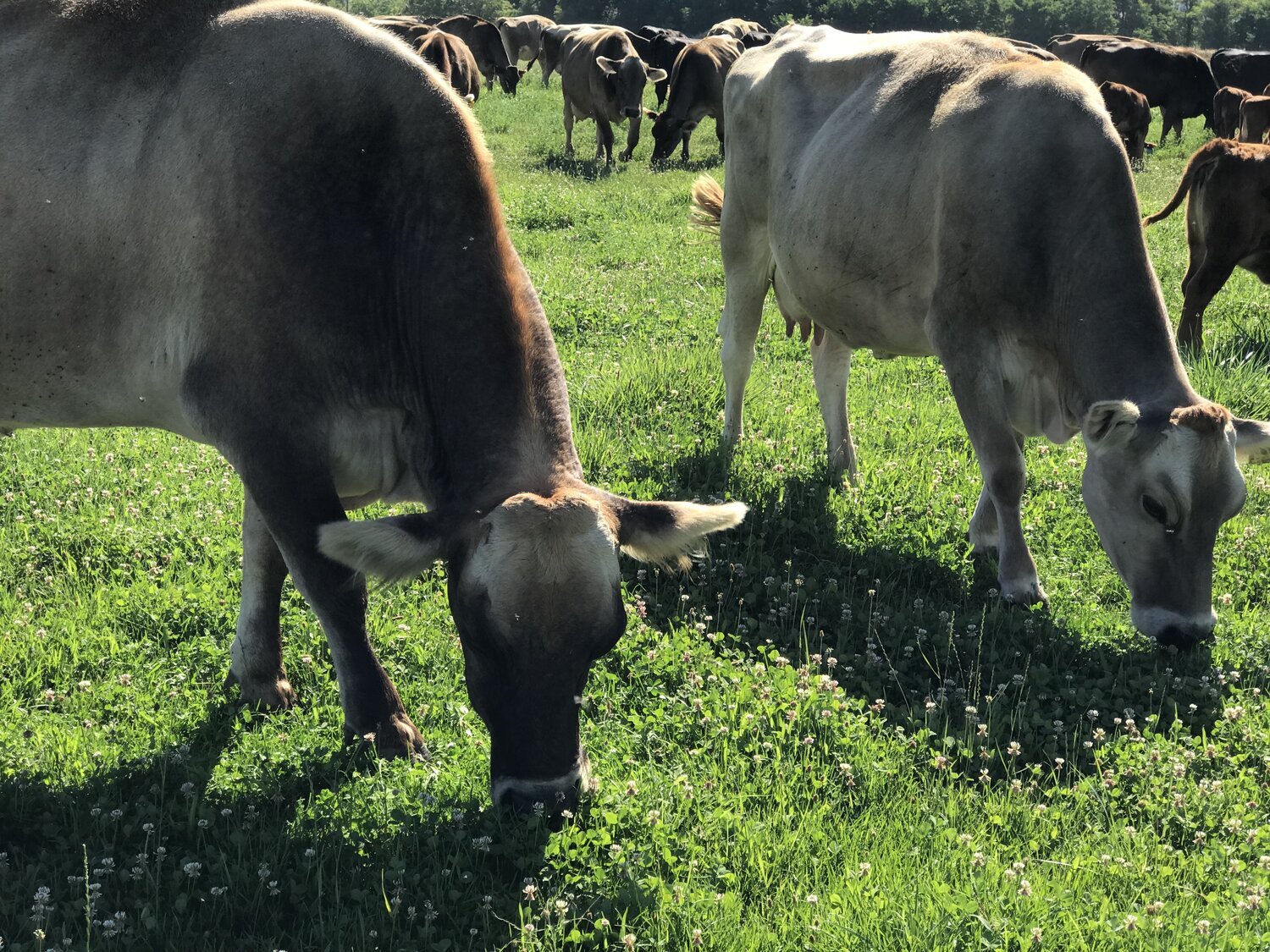This Saint Patrick’s Day, honor the American-Irish tradition and try a traditional corned beef dish, made from grass fed beef brisket.
The beef was very tender with a bit of sturdy texture, and had a deeply earthy beef flavor lightly punctuated with notes of peppercorn, garlic, and coriander.
Recipe and method inspired from Cook’s Illustrated.
INGREDIENTS
1 Saint John’s organic grass fed beef brisket
¾ cup salt
½ cup sugar
3 bay leaves
6 cloves garlic
1 Tbsp black peppercorns
2 Tbsp pickling spice
METHOD
Dissolve salt and sugar in water.
Add brisket, aromatics, and brine to a large glass container and seal with a lid. Refrigerate for 6 days.
Preheat oven to 275 degrees.
Remove brisket from brine, rinse, and pat dry. Add to a dutch oven and cover with fresh water.
Bring water to a simmer over high heat, cover, and add to oven for 2-3 hours or until very tender. My 3 lb brisket took 3 hours to become fork tender. Start at 2 hours and check in 20 minute increments thereafter.
Remove brisket from dutch oven and slice against the grain into ¼-inch thick slices.
Serve hot with boiled carrots and potatoes. Enjoy!
































